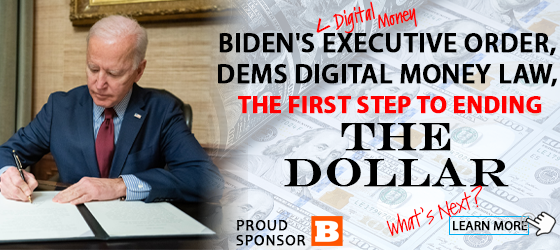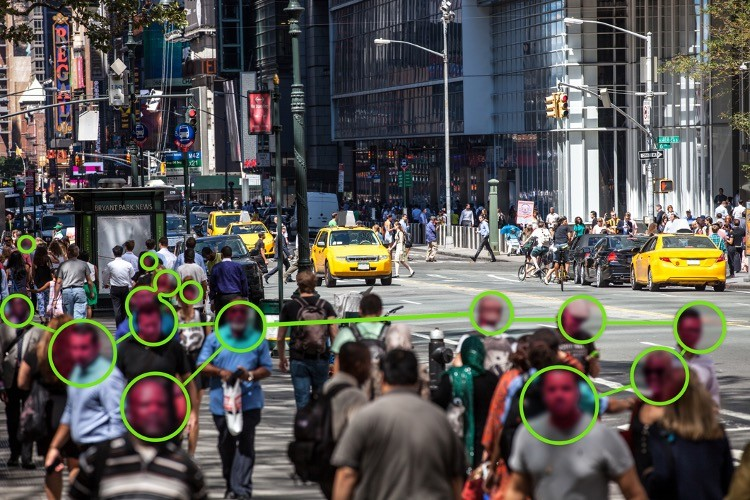
by John Carney – Breitbart Economics Editor and Alex Marlow – Breitbart Editor-In-Chief

Maybe history will call this week’s move by the Federal Reserve the Barbenheimer Hike.
Both forecasters and markets are convinced that a rate hike is a certainty at the conclusion of this week’s meeting of the Federal Open Market Committee. The most recent reading from the CME Group’s Fed Watch tool put the odds of a quarter-point hike at 99.8 percent, leaving just a rounding error indicator of the Fed staying on pause.

It’s easy to forget that it has not always been so. Just one month ago, the federal funds futures market was implying around a 30 percent chance that the Fed would not increase the target range at the July meeting. Two months ago, prior to the June hike, the futures were forecasting a target range below the current target. The Fed, it was widely believed, was already at the “terminal rate” and would soon start cutting.
The explosive spending of the American household sector has forced an unconditional surrender of this view.
Pretty in Pink
The big driver of the shift in expectations for the Fed is the strength of the American household’s spending. Or, to put it in the tired phraseology of Wall Street, “consumer resilience.” Americans keep spending, especially on services like travel and entertainment.
The most recent evidence for this comes from this weekend’s packed movie houses. The early counts had this as the fourth biggest box-office weekend ever in nominal terms. Warner Bros.’ Barbie garnered a massive $155 million in ticket sales from North American theaters. Comcast’s Oppenheimer reportedly detonated at $80.5 million in ticket sales. This was the first time that one movie opened to more than $100 million in sales while another opened to more than $80 million on the same weekend.
A stroll through the downtown of any big city or through the shopping mall movieplexes of our suburbs suggested that the burst of economic activity was not confined to the box office. There were girls and grown women dressed up in new pink dresses munching on Barbie-themed pink pastries in cafes and foodcourts. Restaurants in midtown Manhattan were booked full with mommy-daughter reservations (women reportedly drove 65 percent of sales of Barbie tickets). Sadly, from our perspective, there appears to have been no similar uptake in men wearing suits and fedoras as they attended the Robert Oppenheimer biopic.

The third biggest movie of the weekend was Sound of Freedom. The runaway independent hit brought in over $20.1 million in sales over the weekend, according to Comscore’s initial estimate. That means it beat out the latest Mission: Impossible feature ($19.5 million) and absolutely trounced offerings such as Indiana Jones and the Dial of Destiny ($6.7 million) and Pixar’s Elemental ($5.8 million).
These are not the kind of numbers you would expect from a public leery of an economic downturn. There’s no indication of the kind of defensive savings that often hasten or exacerbate a recession. The ticket sales are suggestive of a household sector that is still spending freely, eager to enjoy a summer free from excess deaths, masking and distancing requirements, and sky-high gas prices.
Beyond the Box Office
Similarly, last week the University of Michigan’s survey of consumers showed sentiment bursting higher. The mid-month, preliminary reading of the index of consumer sentiment rose by around 13 percent compared with the end of June, with both the assessment of the present situation and expectations for the future rising significantly. Every component of the index improved “considerably,” according to Joanne Hsu, the director of the survey. There was a 19 percent surge in long-term business conditions and a 16 percent rise in short-run business conditions.
The so-called “core control” segment of retail sales, which feeds into the calculation of gross domestic product, came in at a robust 0.6 percent monthly rate of growth in June, the Commerce Department said last week. That was twice what was expected and twice the previous month’s pace. This suggests that far from consumer spending hitting a wall this summer—a development many of the recession forecasts had assumed—consumer spending is accelerating.
Wall Street expects the government will report this week that the economy grew 1.8 percent in the second quarter of this year. While that would be a slowdown from the first quarter’s two percent annual rate of growth, it is consistent with the Fed’s view of the long-term rate of growth—and inconsistent with the Fed’s aim of bringing growth below trend to tame inflation. What’s more, the Atlanta Fed’s GDPNOW indicator currently has the economy growing at a 2.4 percent pace, so there’s a good chance of an upside surprise when the figures are reported out on Thursday.

